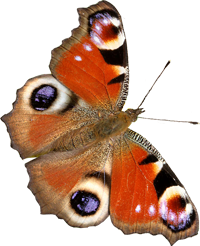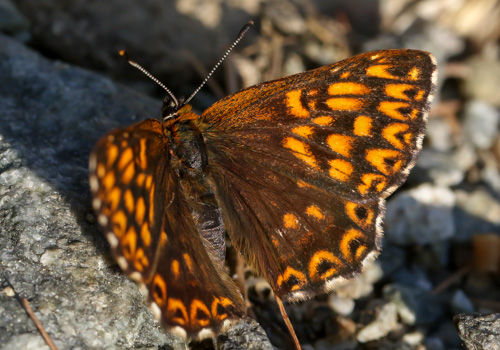
Valais, Switzerland, May 2022
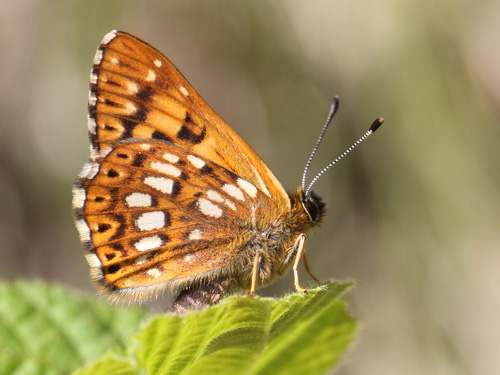
Valais, Switzerland, May 2018
Field notes and information
This is Europe's sole representative of the large family of metal-marks, Riodinidae. The family is best represented in south America and extends to most other parts of the world.
Identification & Similar species: The upperside orange and black chequered markings resemble the fritillaries of the family Nymphalidae. Closer inspection of the layout of the markings however should eliminate confusion with similar species.
Distribution & Flight: From central Spain to south England and eastwards across most of central and southern Europe. It is usually single brooded in May/ June but may also fly a little earlier with a partial second brood in summer in July/ August. I've only rarely encountered this second brood.
Habitat & Behaviour: Flowery places in scrubland.
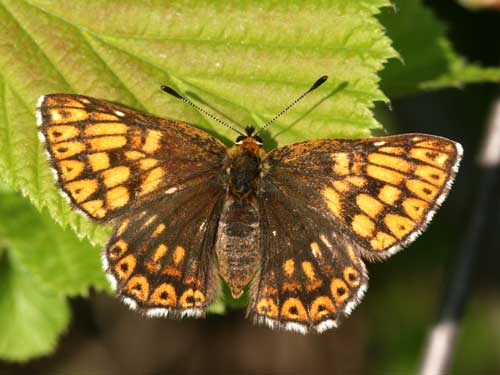
Valais, Switzerland, May 2009
Female
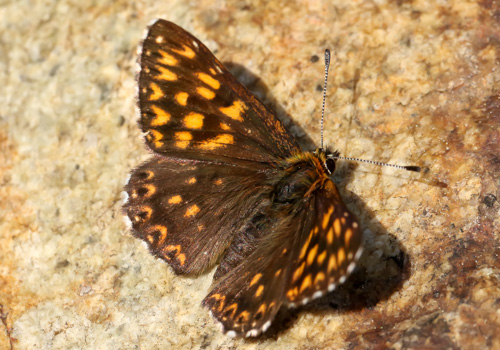
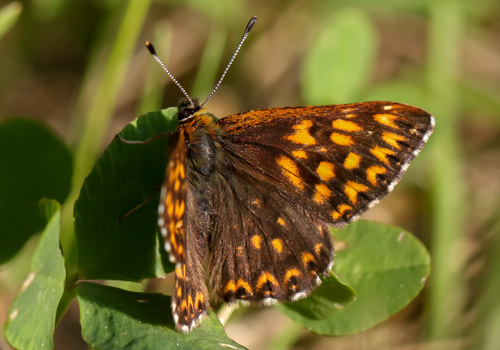
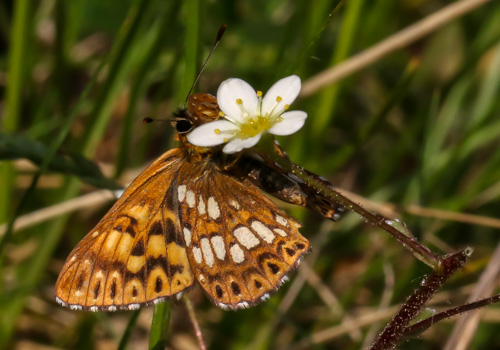
Valais, Switzerland, May 2022
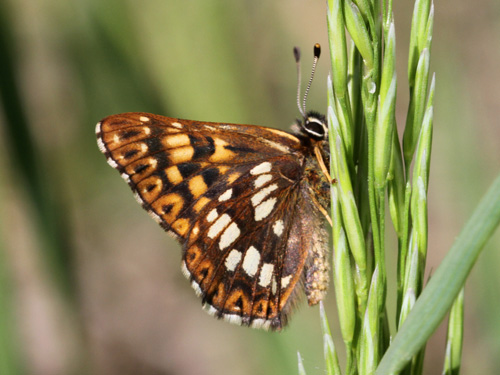
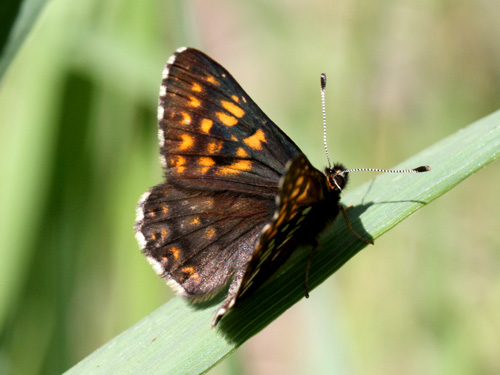
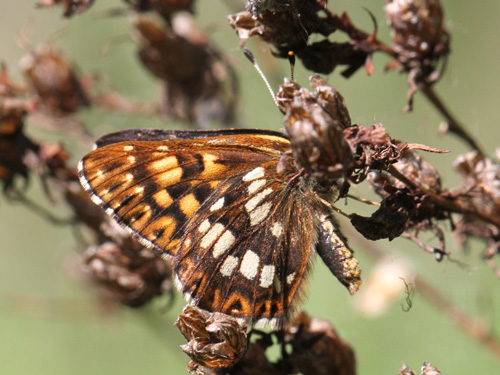
Valais, Switzerland, May 2014
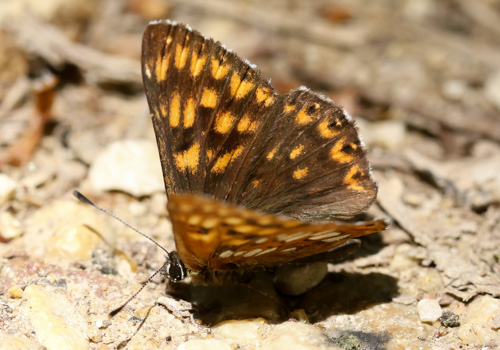
Vaud, Switzerland, May 2022
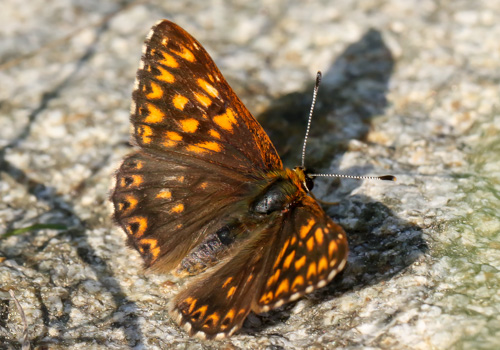
Valais, Switzerland, May 2022
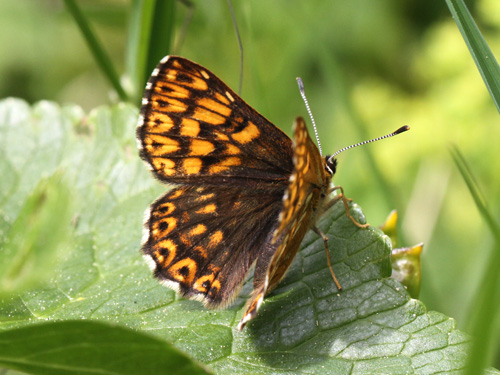
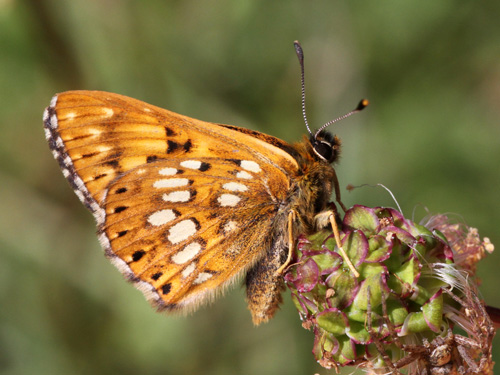
Jura, France, June 2014
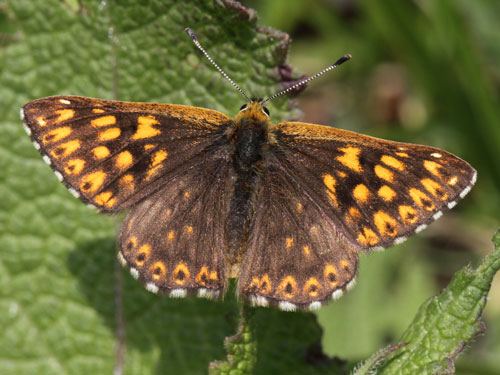
Valais, Switzerland, May 2010
Male
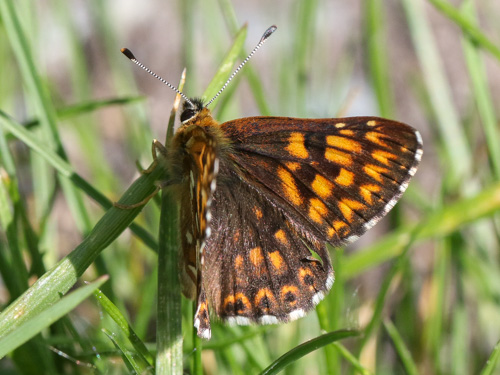
Valais, Switzerland, May 2018
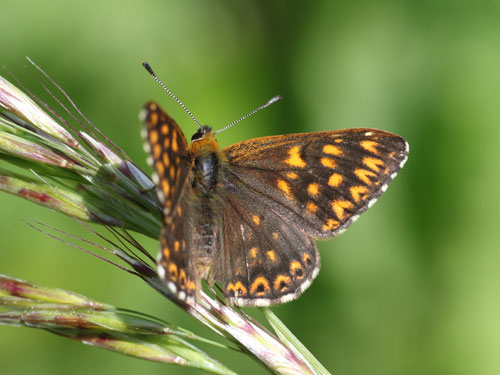
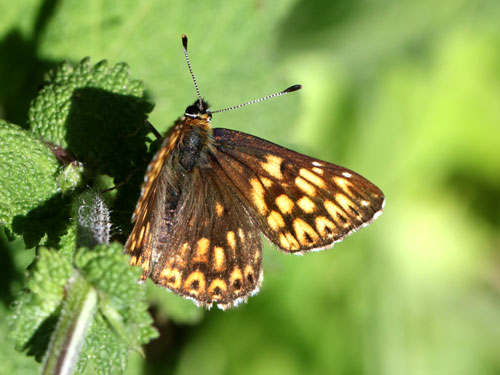
Valais, Switzerland, May 2015
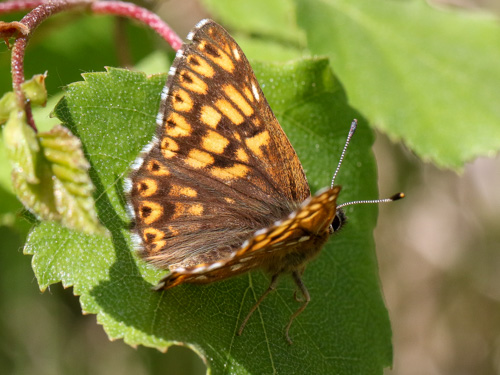
Valais, Switzerland, May 2018
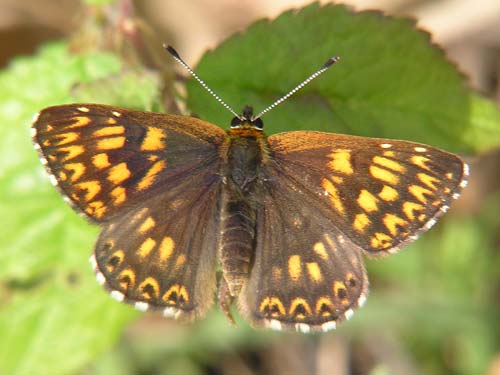
Kozani, Greece, May 2004
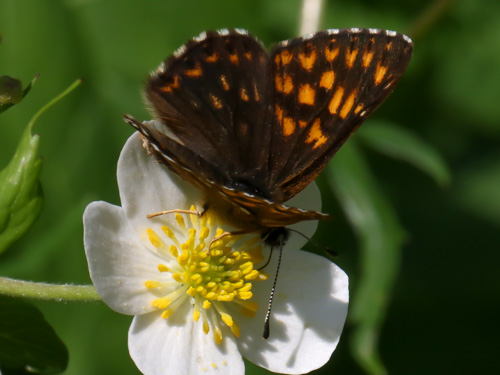
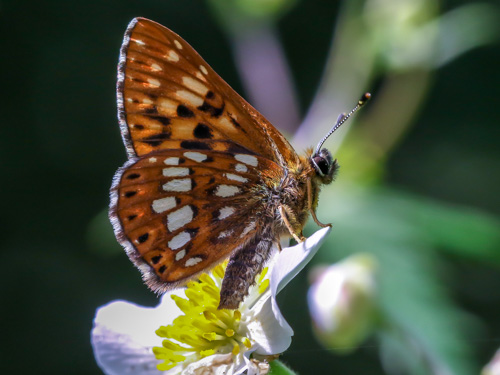
Fribourg, Switzerland, June2021
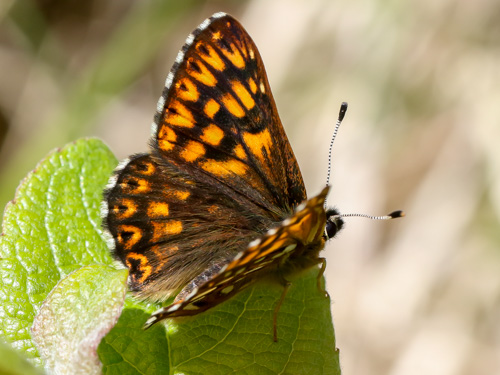
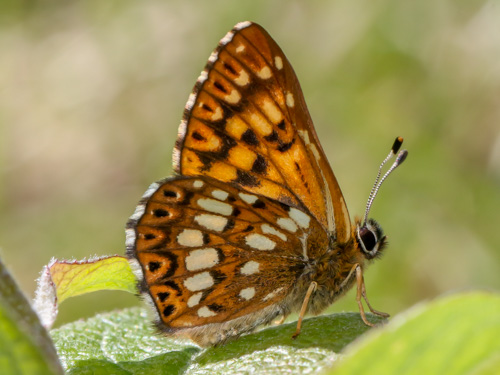
Valais, Switzerland, May 2021
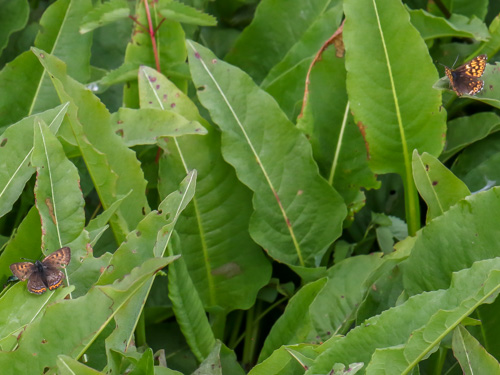
Vaud, Switzerland, May 2020
Flying with L. helle.
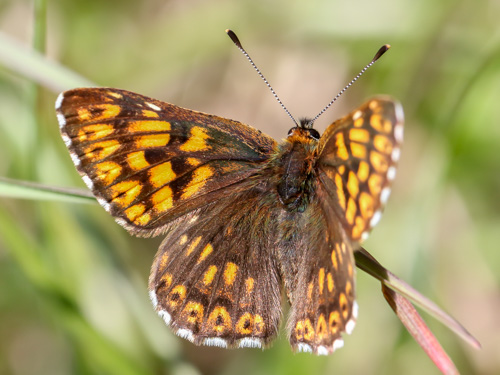
Vaud, Switzerland, May 2020
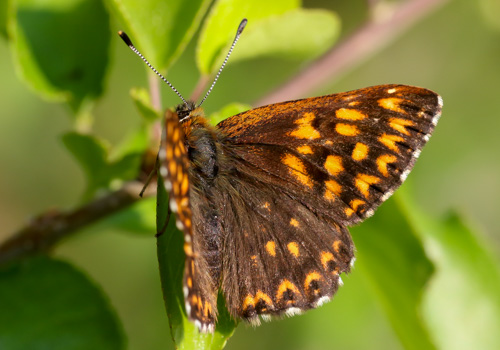
Valais, Switzerland, May 2022
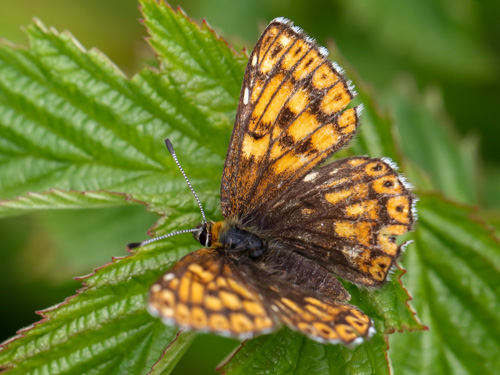
Vaud, Switzerland, May 2020
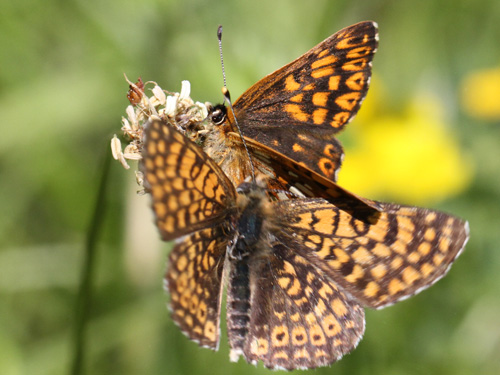
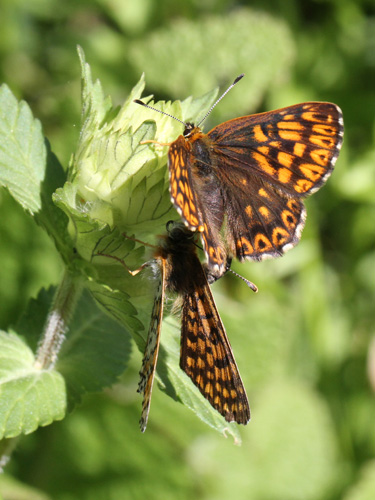
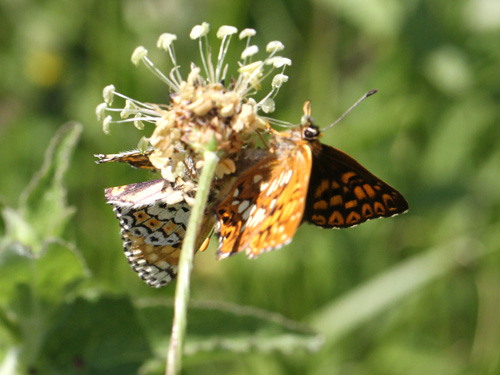
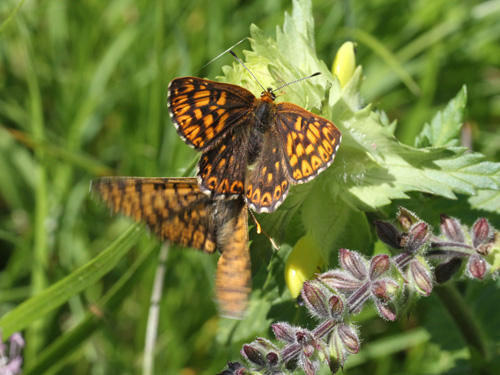
Valais, Switzerland, May 2014
The female H. lucina has attracted a very interested M. cinxia.
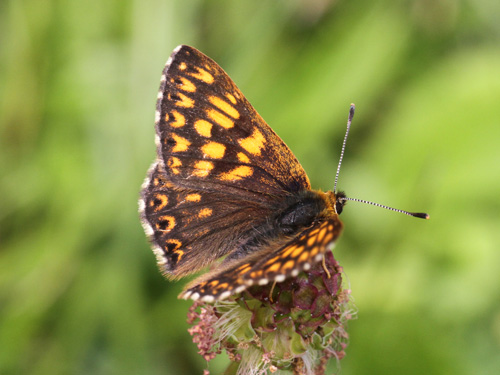
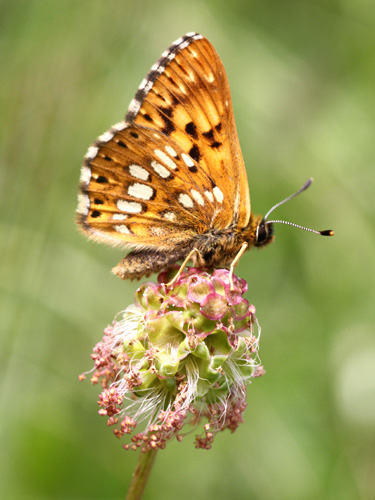
Jura, France, June 2014
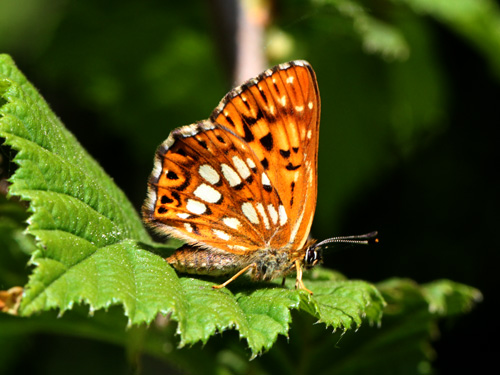
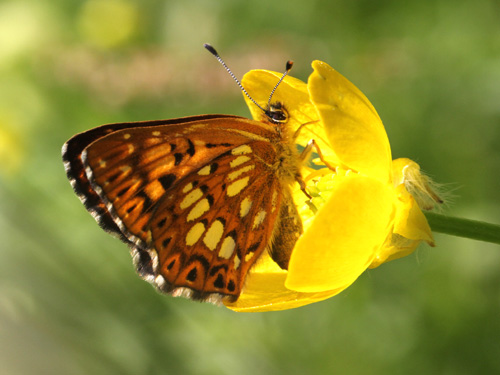
Valais, Switzerland, May 2014
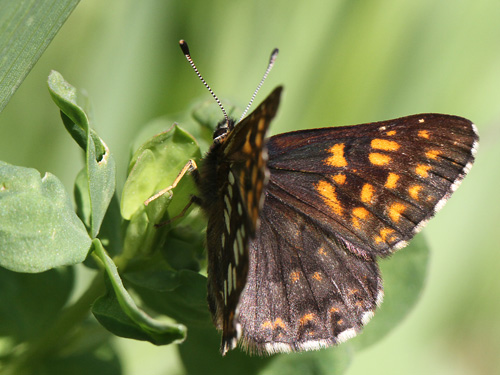
Valais, Switzerland, May 2014
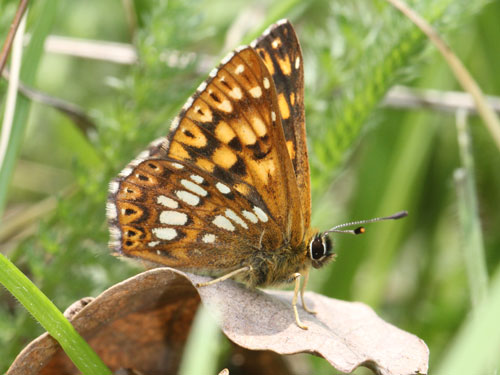
Valais, Switzerland, May 2010
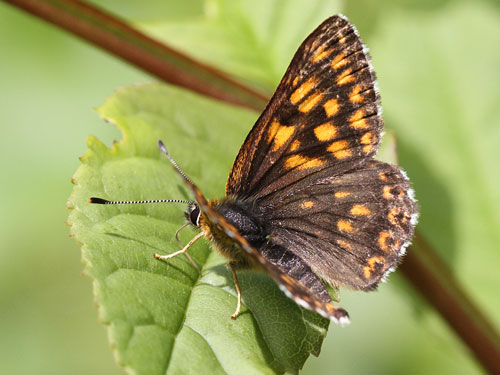
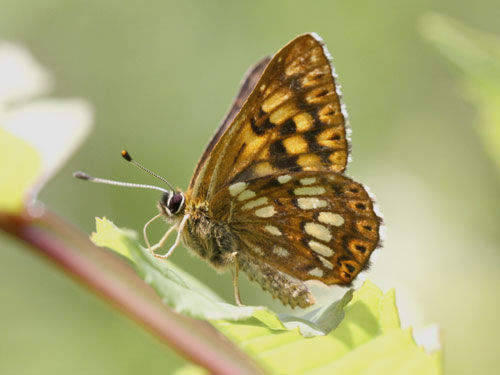
Valais, Switzerland, June 2013
Feeding on honeydew.
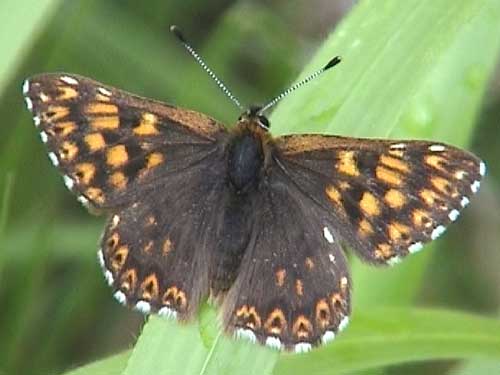
Hampshire, UK, June 2002
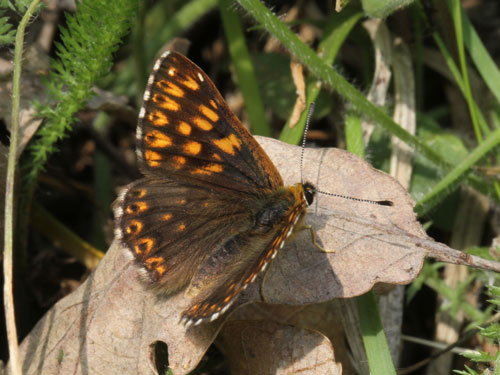
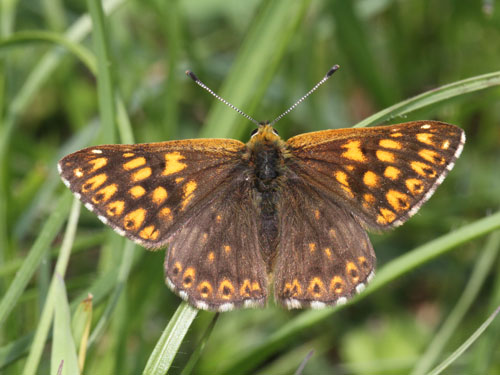
Valais, Switzerland, May 2010
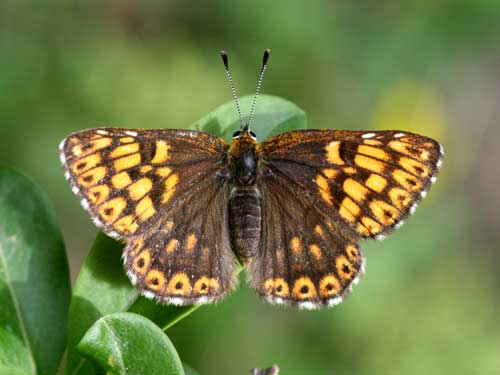
Cluj, Romania, May 2009
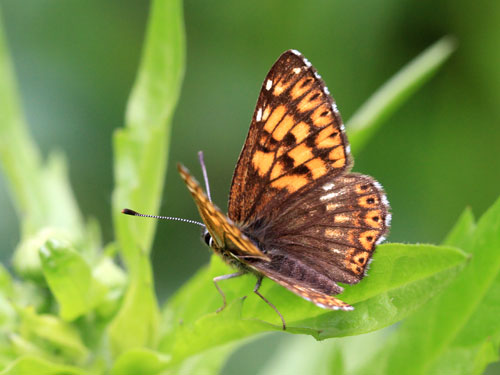
Cuneo, Italy, May 2012
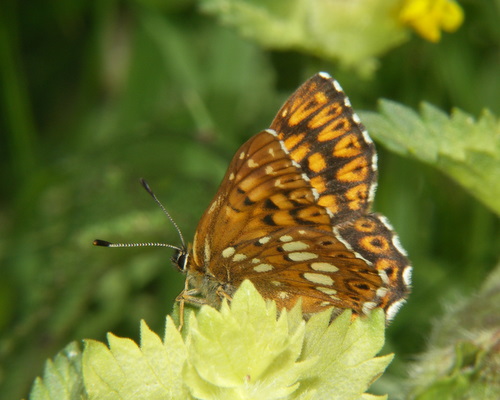
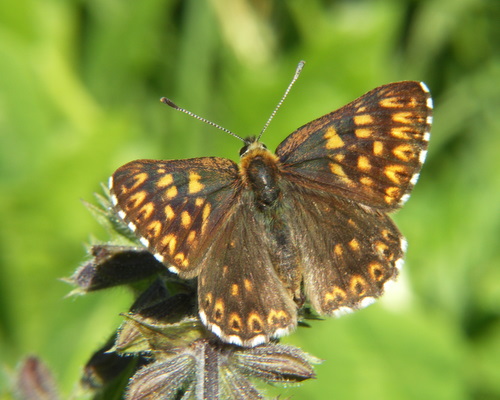
Valais, Switzerland, June 2006
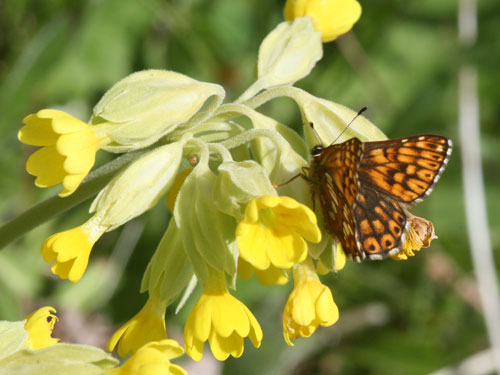
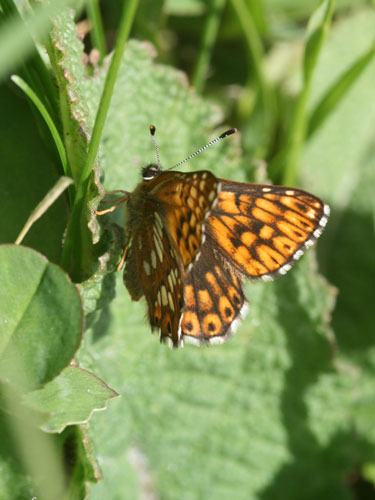
Vaud, Switzerland, May 2008
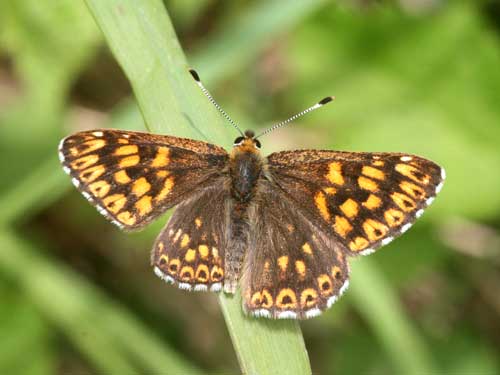
Valais, Switzerland, May 2009
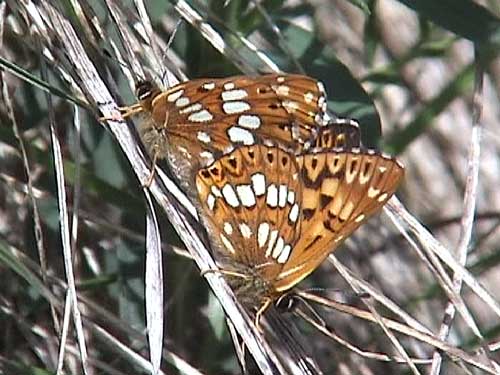
Valais, Switzerland, April 2003
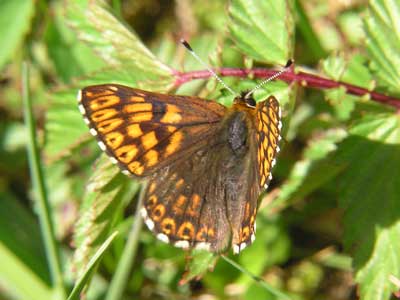
Jura, France, May 2005
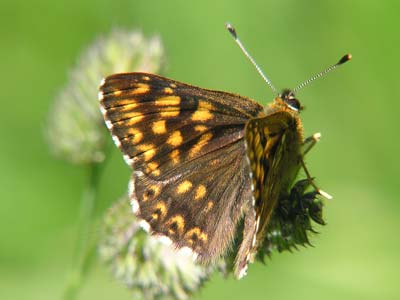
Jura, France, June 2004
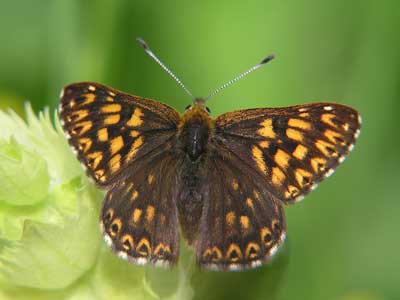
Savoie, France, May 2005
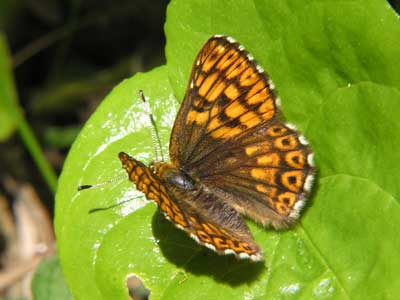
Valais, Switzerland, May 2005
Female showing more orange than the male.
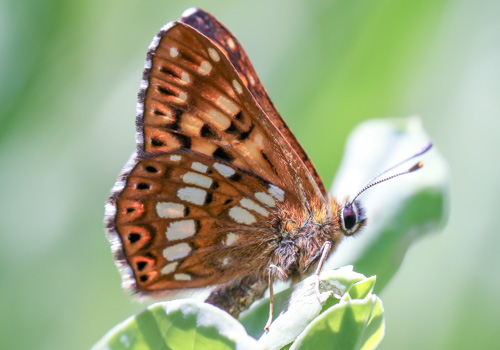
Valais, Switzerland, May 2022
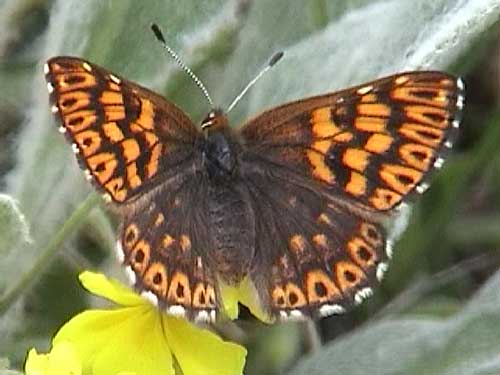
Provence, France, June 2003
Found at 2000m altitude, high for this species.
